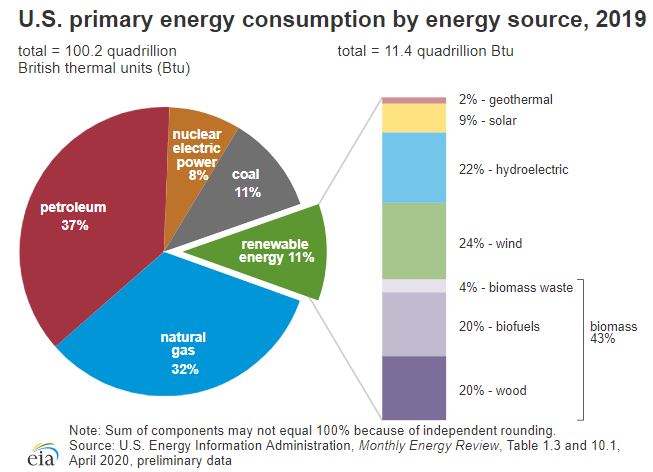END USES
WHAT ARE THE ENERGY END-USES FOR NUCLEAR POWER?
MILITARY
Initially, it is less costly for the US Navy to build surface ships with conventional power sources (petroleum-based fuels) than nuclear, but once a nuclear powered ship is acquired, it incurs no further costs based on fuel. There is savings over the lifetime of the nuclear-powered vessel, as oil prices over time determine the overall cost of a conventionally powered ship.[1]
TRANSPORTATION
Nuclear energy can generate hydrogen, which could be used as fuel in vehicles. If electric vehicles gain popularity in the next few decades, a large increase in demand for electricity would result. Nuclear power would serve as a more sustainable means for creating the power to run America’s cars than the coal-fired plants that currently produce half of the country’s energy.[2]
INDUSTRIAL
Nuclear energy can be used as a source of process heat for industrial applications including desalination, synthetic and unconventional oil production, oil refining, and biomass-based ethanol production. In addition to providing power to operate industrial plants, low-cost, emission free hydrogen production can benefit the industrial sector. Hydrogen is commonly used in petroleum production; nuclear power plants would provide a cheap, domestic source for industrial hydrogen.[3]
- Visit EIA's data on U.S. Power Plants, for a listing of U.S. Power Plants, their capacity, and operating units.
RESIDENTIAL
The most obvious use of nuclear energy would serve to power many residential areas, either through connection to large grids or smaller, local grids in remote areas. Currently, nuclear electric power accounts for about 8% of total U.S. energy consumption, much of which is consumed by households.[4]


Comments are closed.